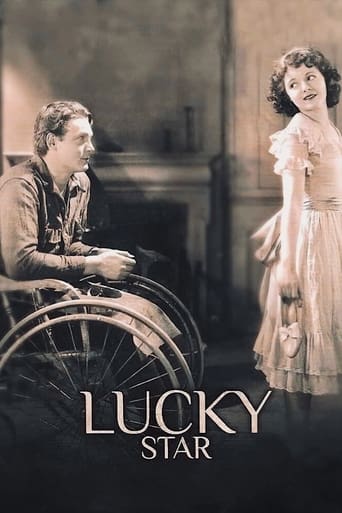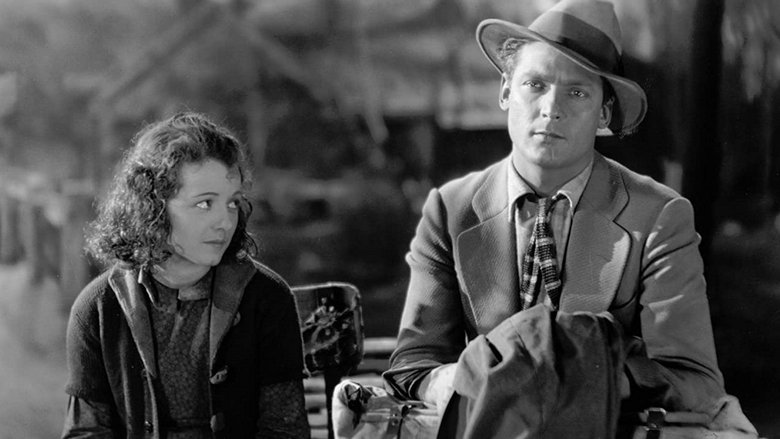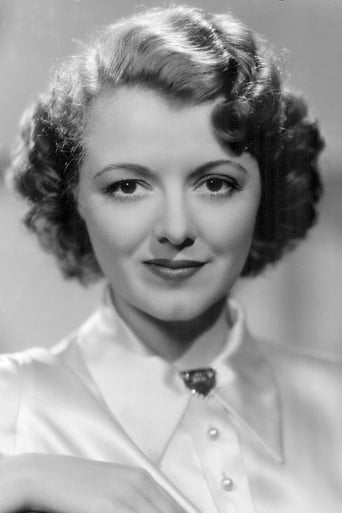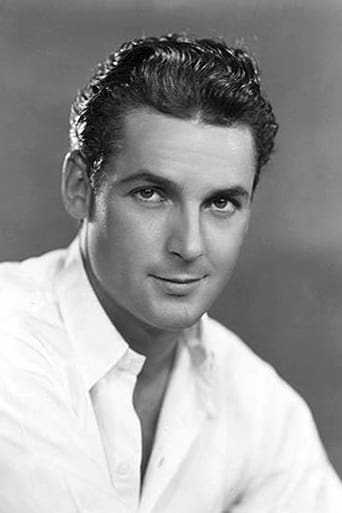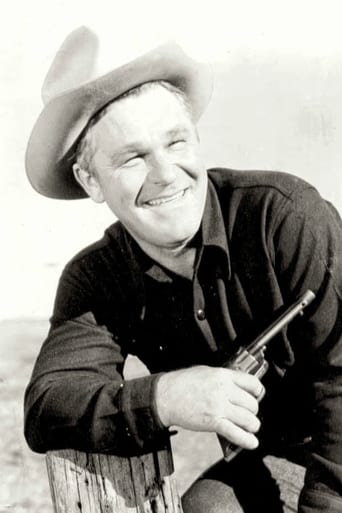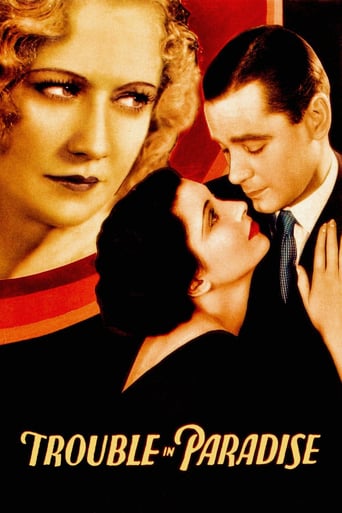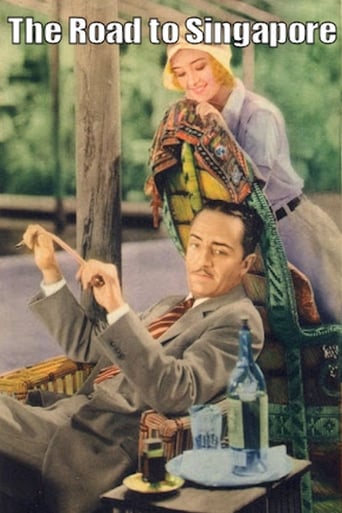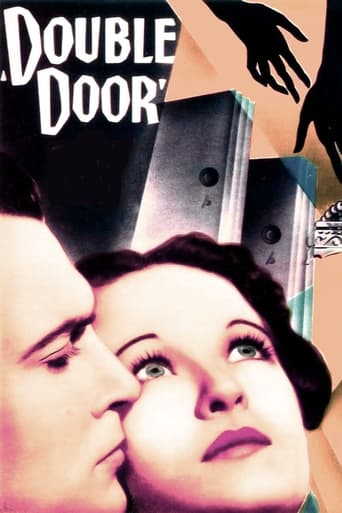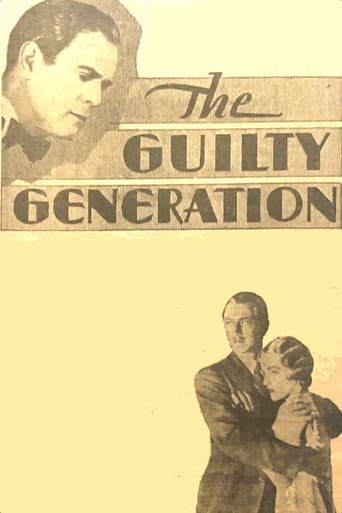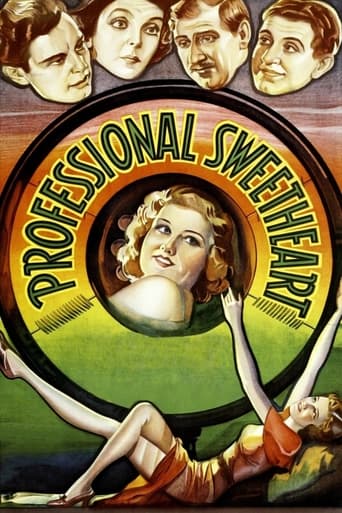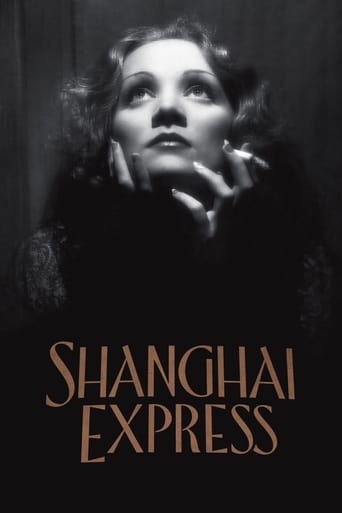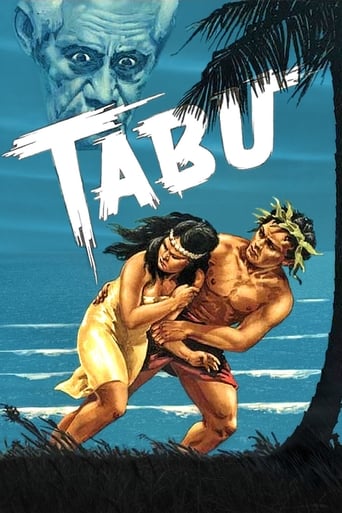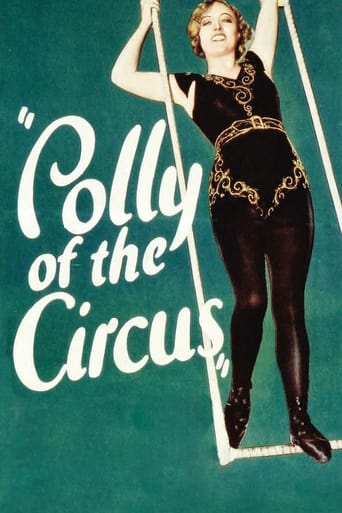Lucky Star (1929)
Mary, a poor farm girl, meets Tim just as word comes that war has been declared. Tim enlists in the army and goes to the battlefields of Europe, where he is wounded and loses the use of his legs. Home again, Tim is visited by Mary, and they are powerfully attracted to each other; but his physical handicap prevents him from declaring his love for her. Deeper complications set in when Martin, Tim's former sergeant and a bully, takes a shine to Mary.
Watch Trailer
Free Trial Channels
Cast


Similar titles
Reviews
Best movie of this year hands down!
Disapointment
It's hard to see any effort in the film. There's no comedy to speak of, no real drama and, worst of all.
All of these films share one commonality, that being a kind of emotional center that humanizes a cast of monsters.
If someone wants to understand what happened between the end of the silent period and the beginning of sound, to experience an immersion in the sort of lyrical romance that people responded to at the time, there are few better films than Lucky Star. Both of the featured players, Janet Gaynor and Charles Farrell had already established themselves as audience favorites in films from Seventh Heaven on, and this simple tale of a crippled soldier finding love with a rustic local girl allowed both of them to give rich, likable performances without gross exaggeration or hysteria. For contemporary moviegoers, accustomed to multiple layers of irony and a cynical take on romance between a man and a woman, this film may be laughable, but for those willing to transport themselves to another world (which is what film can do so well!) director Frank Borzage's magical, shadowy, soft-focus rustic never-never land creates a sweet, idyllic romance
LUCKY STAR (Fox, 1929), directed by Frank Borzage, follows the familiar pattern of sentimental love stories most associated with director and his young romantic team of Janet Gaynor and Charles Farrell. For their third screen venture together, following the success of SEVENTH HEAVEN (1927) and STREET ANGEL (1928), Borzage works wonders with them again in the story based on Tristram Tupper's "Three Episodes in the Life of Timothy Osborn" by which Farrell's character dominates the screen, but whenever together with Gaynor, they're quite equivalent. LUCKY STAR seems to be an odd title for the selected story in question since it's not one that takes place in Hollywood as did Gaynor's much latter success of A STAR IS BORN (1937). Regardless of what it's titled, as Gaynor's character would frequently say, "that's gran." The scenario takes place in a rural setting on a farm where the widowed "Ma" Tucker (Hedwig Reicher)raises her four yungins, the eldest being Mary (Janet Gaynor). After driving her horse and buggy to town selling drinking items to electrical linemen for a nickel, she attracts the attention of Timothy Osborn (Charles Farrell) working on top of the telephone pole. Trying to cheat Martin Wrenn (Guinn Williams), the foreman, by acquiring an extra nickel from him with the indication she wasn't paid, Timothy comes to the girl's defense which starts a fight between him and Wrenn on top of the pole. The fight is interrupted with the news that war has been declared. Before Timothy enlists with Wrenn, he gives Mary a spanking for hiding the nickel thrown to her by his foreman. After two years in France at the war front, Wrenn returns home from the Army still retaining his sergeant's uniform while Timothy, having met with serious accident, is wheelchair bound, living alone in his cottage fixing broken things to keep busy. Still remembering the spanking, Mary (now 18) throws a stone through Timothy's window, but after meeting again, they soon become the best of friends, with Timothy affectionately giving Mary the pet name of "Baa Baa." When forbidden by her mother to have anything to do with the crippled Timothy, Mary passes Wrenn off as the escort who walked her home from the barn dance. Taking an immediate liking to Wrenn, Mrs. Tucker sees a great opportunity for a better lifestyle for all by arranging for Mary to marry Wrenn, regardless of her true love for Timothy.With all the elements of an early D.W. Griffith rural melodrama, LUCKY STAR rightfully belongs to Borzage, through fine visuals and the re-inventing of certain aspects that played so well with SEVENTH HEAVEN. The World War is worked into the plot once again, but to a limited degree. However, poor Gaynor plays an abused urchin, substituting the whipping from her older sister to facial slaps from her oppressed mother. The one who gathers more sympathy turns out to be Timothy (Farrell), especially during the film's second portion as a handicapped war veteran rather. As much as Gaynor gathers much attention with her sympathetic charm and fragile round face, this time Borzage gives Farrell the opportunity with crucial scenes where, after hugging Mary, his facial expression, telling more than actual words, who, at that very moment, comes to realize how much he loves her; along with Timothy's struggling attempt to walk again by holding on to his crutches and falling off from them. Another scene worth mentioning, played more for laughs than tears, has Timothy washings Mary's hair with a dozen eggs, resulting to Mary's hair resembling that of Little Orphan Annie's. Scenes involving Farrell and Williams starts off in humorous fashion between two men as friends one moment and fist fighting the next. Their sort of friendship comes to a halt as Wrenn interferes with Timothy's romance. Other members of the cast include Paul Fix (Joe); Gloria Grey (Flora Smith); and Hector V. Sarno ("Pop" Fry).Released at a time when talkies were dominant over silents, a few lines of spoken dialog were inserted into the story between the two lucky stars during its initial theatrical run. LUCKY STAR, which had been out of circulation since its initial release, was thought to be among the many missing from the silent era. However, the film was finally discovered, with talking sequences no longer available, restored by the Netherlands Film Museum, and unveiled in 1991, notably at the Telluride Film Festival and the Museum of Fine Arts with piano accompaniment by Bob Winter, and other revival movie houses before cable television broadcast on Turner Classic Movies (TCM premiere: October 9, 2012).Never distributed on home video, a long awaited release onto DVD became a reality in 2008 as part of the Frank Borzage collection for 20th Century Fox Home Entertainment. The print not only contains newly inserted inter-titles, but a new but somewhat unsatisfactory musical score composed and conduced by Christopher Caliendo, making one long for recovery of the lost Movietone soundtrack that accompanied the film back in 1929. The rediscovery of LUCKY STAR, overall, gives film scholars and historians a rare opportunity viewing Gaynor and Farrell at their prime, thanks to the fine direction of Frank Borzage. (***)
Lucky Star begins in a small town and focuses on a small tomboy (Janet Gaynor). She spends her time carting various goods around town to make money for her family and brings some milk to a work site for sale. There she causes trouble between two of the men, one named Martin who believes she tried to cheat him out of his money (Guinn Williams) and the other, Tim, who defends her innocence (Charles Farrell). Suddenly, the quaint sentiment is broken by the announcement of WWI and then scatter off to enlist. A few years later, we see the town after the war. Tim has lost the ability to use his legs and is confined to a wheelchair. Martin is a man about town who uses his stint in the war for his own personal gain. The tomboy is a bit older now, but still as mischievous as before. She befriends Tim, who by this time is very lonely, and the two form a strong bond. However, Martin sees how beautiful the girl has become and goes about wooing her mother for her hand in marriage.A heartfelt movie with a great cast, Lucky Star is one of those movies that should be released on DVD. It is talked about often among cinephiles but is rarely seen. The copy I saw was a terrible print with an ill-fitting soundtrack; if it was good in spite of those things, just think of how wonderful it could be with a clear print and a great soundtrack! Unfortunately, most of Frank Borzage's beautiful cinematography was lost in the haze of the damaged print, but it was no doubt an asset to the film. The outdoor scenes show a picturesque town with almost fantastical homes. It adds to the charm of the love story.
SPOILER NOTE: contains spoilers about Lucky Star and its predecessors Seventh Heaven and Street Angel.As the followup to the hugely successful sentimental hit Seventh Heaven and its successful, but far less appealing followup, Street Angel (see review of that film for more details), Lucky Star, which was lost until c. 1990 and then rediscovered fairly rapturously, has the feel of a chastened attempt to return to a more faithful rendition of a popular formula (or two). Again, it's a tale of young lovers separated by circumstances they must overcome, but like Seventh Heaven rather than Street Angel, what will come between a young couple is not merely their own moralistic attitudes, but World War I. This time the setting, however, is not the proles' Paris or Naples, but a rural hamlet out of a Griffith film or Tol'able David, thus bringing the stars back home for American audiences after becoming too European in both setting and tone. Where Farrell was a layabout artiste in Street Angel, here he's not only a ruggedly American pole-climber for the electric company, but in the opening scene winds up trading punches with his boss at the top of the pole! In the war he loses the ability to walk, and back home in a wheelchair he forms a friendship with young Gaynor, who's good-hearted white trash. But her harridan mom has eyes set on Farrell's old boss, a scoundrel and a rake in his Army uniform who, however, looks to be prosperous and, most importantly, has two working legs. Again, as in Street Angel, the movie does Farrell few favors by reducing him to an emasculated role-- rather too much of the middle section has him offering Gaynor grooming tips and shampooing her hair, which ain't exactly how Clark Gable made it big. But it works at least as the low point from which Farrell's character will rebound when, like the shill for a faith healer, he rises from that wheelchair and heroically makes his way on two legs and crutches to save her from the scoundrel and, as in Seventh Heaven, fulfill the deepest fantasy of everyone in the audience who had a family member return damaged by the war. The old Seventh Heaven formula works one last time in a rousing conclusion to the silent era for the stars and the director who made them indelible. (Gaynor had one more silent to go, but we'll let that pass.) Visually, Lucky Star survives in a much better copy than Street Angel, the UCLA restoration of which was extremely grainy (16mm blowup?), and so the real pleasure of the film is less the story, though its emotional impact is real, than Borzage's presentation of it in gauzy, shimmery late silent Poetic-o-Vision. The sets-- which may have recycled some of Sunrise's, though they're shot quite differently-- have a kind of heightened reality, presenting multiple planes on which action may take place (a house might be in the middle, for instance, but a road will wrap around front and back so that we might see action taking place either right in front of us, or up on the road behind the house). It's not exactly stage-like, but certainly not realistic either; maybe the best analogy is to something like the entire fantasy town constructed for Robert Altman's Popeye, which allowed his improvisational camera to poke around at will (unlike the sets in so many fantasy films, e.g. a Batman movie, which are clearly just what the storyboard shows for that shot and no more). Borzage's camera-work is not improvisational, it's clearly planned, but it's also just as clear that the whole environment is quite solid and detailed, and this sort of dreamlike vividness makes Lucky Star one of that group of utterly accomplished and visually masterful late silents that show us everything that was about to be lost forever with the transition to sound. Indeed, in Lucky Star's case even that final testament to silence was lost for 60 years-- until, like Chico in Seventh Heaven, against all odds it made its way back from the land of the dead.

